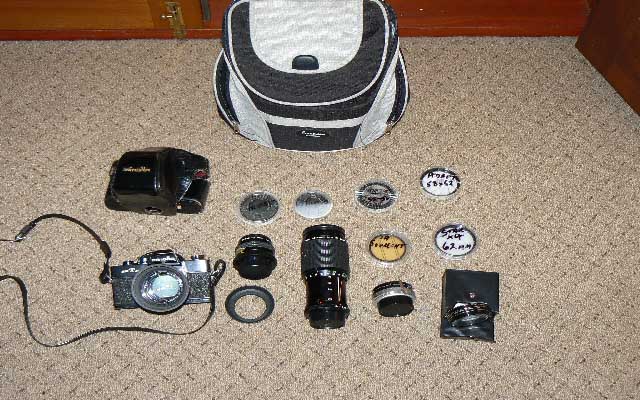

(I wrote a couple of blog posts about the SR-1 models A and B, at. I use an SR-1 model A as my usual film camera, it's a bit big and heavy and the winding lever carves a big channel in your forehead but it's so beautiful and satisfying to use. And model E is a serious clean-slate rebuild that is mechanically simpler but less accessible and far more like what competitors such as Pentax were producing at the time.

#Used minolta camera manual
The manual explains that the shutter’s secondary aperture negates 3.5 and 5.6 perfectly-circular apertures during exposure conditions above EV 11.5. Succinctly, the 1/500 and 1/750 shutter speeds of a Minolta TC-1 camera are only available at 3.5 and 5.6. Model D I think is a bit of a mess, combining the mechanicals of earlier models with various new features (primarily the lightmeter, though support for it existed in the model B even though the accessory didn't). Above: a scan of a Japanese promo brochure, courtesy Chris Whelan of Yashica Sailor Boy. I haven't seen a model C and am not totally sure it exists. Model B is almost identical on the outside, but mechanically quite different underneath and with some odd design decisions that might have been a weak attempt at cost-saving or possibly about synchronisation with another product (this is the sort of thing that makes me wish I knew more about the company). So the SR-1 model A is a solid mechanical design, complicated but not too difficult to understand and repair. They're surprisingly different under the covers, and you can track a bit of what was going on elsewhere in their product line through them. The SR-1 is interesting because it was Minolta's ongoing "entry level camera" rather than a single specific design - they used the same designation for at least five different cameras underneath, in the course of its sales life.
#Used minolta camera professional
Their 1970s models, the X1, XE, and XD seem technically really exciting but don't appear to have held the attention of the professional market - unreliable, lacking something important, too expensive, or is it just about the brand? I gather that few XEs and XDs (the X1 is too rare to count) have made it to the present without some reliability problems, but that's not so surprising given the time span.īriefly - before the pandemic arrived and took away most of my spare time - I had a hobby of repairing the Minolta SR-1, the earlier purely mechanical camera sold from 1959 to 1971. I'd love to know more about how the company operated during the 50s to 70s.

I've a great affection for Minolta, though born from retro appeal because I am not old enough to have seen their best stuff first time around.


 0 kommentar(er)
0 kommentar(er)
